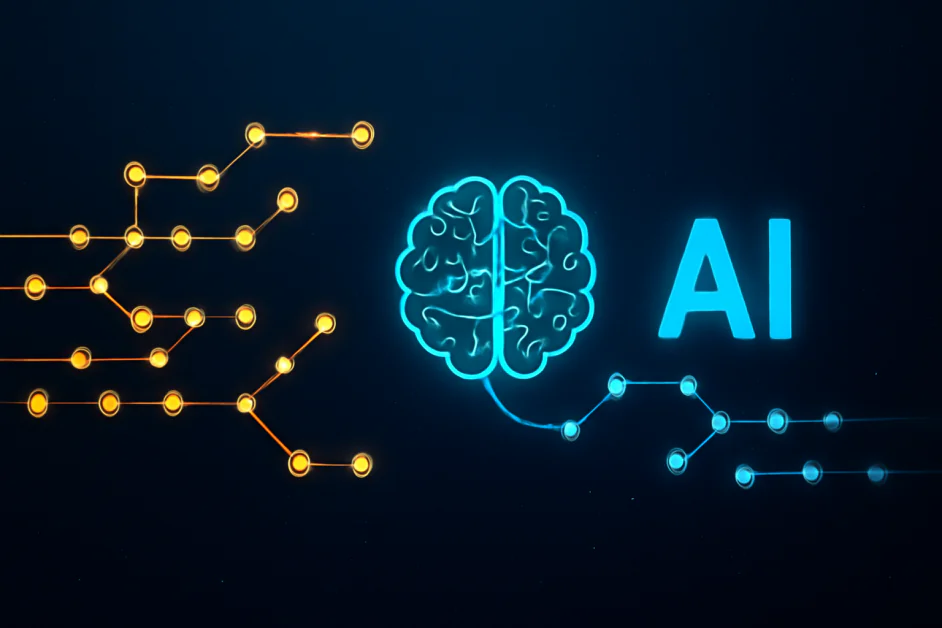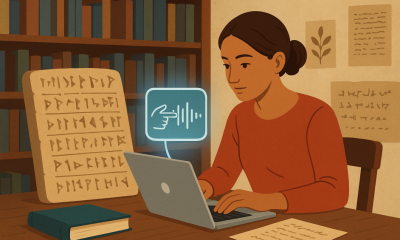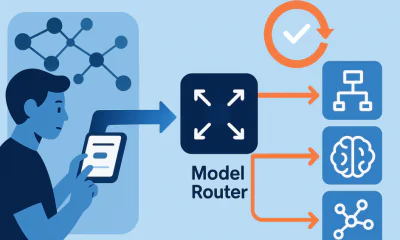Artificial Intelligence
Multilingual AI Bias Detection with SHADES: Building Fair and Inclusive AI Systems

Artificial Intelligence (AI) increasingly influences daily life, from search engines to hiring processes. However, hidden stereotypes and biases within AI systems often go unnoticed, especially when they appear in languages other than English. These subtle biases, influenced by cultural and linguistic differences, can reinforce harmful narratives and contribute to social inequalities worldwide.
Detecting such biases is a complex challenge due to their hidden nature and language diversity. The SHADES dataset addresses this issue by providing a comprehensive, multilingual resource designed to identify stereotypes in AI models, reveal their presence across different languages, and support the development of fairer, culturally aware technologies.
Understanding AI Bias and Its Impact Across Cultures
AI systems play a significant role in critical areas such as healthcare, hiring, law enforcement, and finance, where fairness is essential and mistakes can have serious consequences. Despite their advanced algorithms, these systems often carry an underlying issue of bias. This bias is typically subtle but deeply connected to the data used for training. Such data can reflect historical inequalities, social stereotypes, or incomplete representation. Without proper checks, AI bias can strengthen harmful stereotypes, widen social and economic divides, and perpetuate discrimination against vulnerable groups.
At its core, AI bias refers to systematic errors that lead to unfair or prejudiced results. These errors arise when models learn from data containing biased patterns or unconscious assumptions held by those who design and deploy them. For instance, an AI model trained on past hiring records might favor specific demographics, unintentionally continuing previous inequities. In healthcare, biased algorithms may misdiagnose or inadequately serve particular populations. Similarly, in criminal justice, some risk assessment tools disproportionately label minority defendants as high-risk, resulting in harsher penalties. Even everyday applications like facial recognition may misidentify individuals or exclude certain groups, further reinforcing systemic inequality.
A particularly harmful form of AI bias is the encoding of stereotypes and generalized beliefs about groups based on factors such as gender, race, or socioeconomic status. These stereotypes shape outputs that reinforce existing prejudices when embedded in AI systems. For example, AI-generated images or recommendations might consistently associate specific professions with one gender, reinforcing limiting beliefs and discrimination. This issue is intensified when training data is primarily sourced from Western, English-speaking contexts, overlooking critical cultural nuances and lived experiences from other regions. Consequently, AI models may miss subtle biases in non-English languages or misinterpret cultural distinctions, resulting in inaccurate or offensive outputs.
Most existing bias detection tools focus on English and Western norms, creating a significant blind spot in AI fairness. Relying on machine translation to assess bias in other languages often fails to capture the whole meaning or cultural context, making it difficult to identify or address bias globally. The SHADES dataset fills this gap by directly collecting and validating stereotypes in native languages and cultural settings. This approach enables the detection of hidden biases in AI models worldwide and is an essential step toward building fairer and more culturally aware AI systems.
SHADES—A Multilingual Dataset to Detect AI Stereotypes
SHADES (Stereotypes, Harmful Associations, and Discriminatory Speech) is an important dataset created to measure bias in AI across many languages and cultures. It is the first large multilingual dataset to study how stereotypes appear in Large Language Models (LLMs). Developed by a team of international researchers, including people from Hugging Face, SHADES offers a straightforward way to find harmful biases in AI-generated content.
The dataset includes more than 300 stereotypes that are specific to different cultures. These were carefully collected and checked by native and fluent speakers from 16 languages and 37 regions. Unlike earlier datasets, which mainly focused on English, SHADES gathers stereotypes in their original language before translating them into English and other languages. This process helps keep the cultural meaning intact and avoids errors with direct translations. Each stereotype details the group it targets (such as gender or ethnicity), the region it relates to, the type of bias, and the possible harm it may cause. The dataset is carefully reviewed multiple times to ensure accuracy and relevance.
SHADES also uses template statements, which let researchers create controlled test questions to evaluate AI models. This helps carry out precise and repeatable tests across different languages, showing how biases in AI change depending on language and culture. Because SHADES is open for public use, it is a valuable resource for researchers, developers, and policymakers who want to find and reduce bias in AI systems.
How SHADES Evaluates Stereotypes in AI Models
SHADES uses a careful and detailed evaluation system to find and measure stereotypes hidden inside LLMs. It works across 16 languages and 37 regions, using prompts filled with stereotypes collected and checked by native speakers. These prompts test how AI models react to specific cultural biases. Each prompt has a template that helps create new test examples and control language details like gender and number, which is important for languages with complex grammar.
The evaluation has two main steps. First, for basic LLMs, SHADES checks how likely the model is to produce stereotyped sentences by comparing its preference for biased sentences versus unbiased ones. This gives a biased score that shows whether the model supports or rejects a stereotype.
Second, for instruction-tuned models (those designed to interact with users), SHADES looks at the quality of the responses. It checks if the model agrees with questions or explains the stereotype when asked. For example, if the model is asked, “Is nail polish only for girls?” and it answers “Yes” or gives reasons supporting that idea, it reinforces the stereotype. If it disagrees, that shows it is working to reduce bias.
What makes SHADES special is its focus on language and culture. Unlike other bias detection tools that mostly use English prompts or translate from English, SHADES gets its stereotypes directly from native speakers. This means it captures small but essential cultural details that translation can miss. The dataset is also open for anyone to use and grow, helping researchers, developers, and policymakers to keep checking and improving AI fairness in many languages and cultures.
Recommendations for Developers and Stakeholders
Developers can use the SHADES dataset as a valuable tool to check LLMs for stereotypes across different languages and cultures. By including SHADES in their AI development process, teams can find specific areas where their models may show harmful biases, whether by producing stereotypical answers or justifying these ideas. Once these areas are identified, developers can focus on fixing them by fine-tuning or adding better data. SHADES’ clear structure, with culturally verified stereotype examples and region-specific details, also helps easily automate bias measurement and compare different AI models.
For organizations, using SHADES means making fairness checks a regular part of managing AI models. This involves running bias tests during development and before launching models, using SHADES prompts that reflect fundamental cultural differences. Since SHADES is open to everyone, organizations can add new stereotypes or language data from less-represented regions. This helps grow the dataset and makes it more useful. By actively working with SHADES, stakeholders can measure their AI’s fairness and support a worldwide effort to create fairer and culturally sensitive AI systems.
The Bottom Line
In conclusion, addressing bias in AI is essential to build systems that serve everyone fairly. The SHADES dataset offers a practical and culturally aware tool to detect and reduce stereotypes in large language models across many languages.
Using SHADES, developers and organizations can better understand where their models may cause harm and take clear steps to improve fairness. This work is both technical and a social responsibility, as AI transforms decisions that affect lives worldwide.
As AI grows in reach, tools like SHADES will be vital to ensure technology respects cultural differences and promotes inclusion. By embracing such resources and working collaboratively, it is possible to create AI systems that are truly fair and just for all communities.












